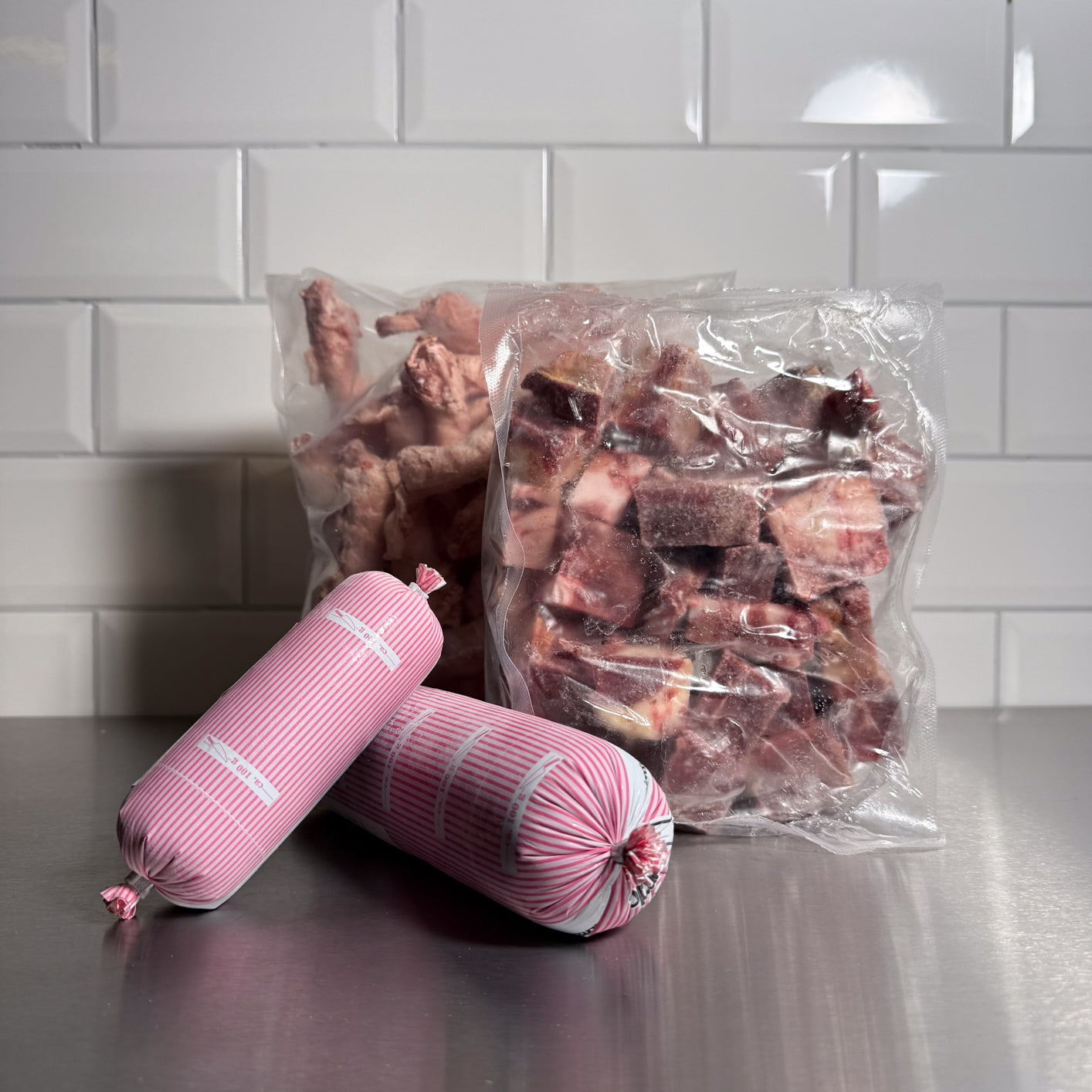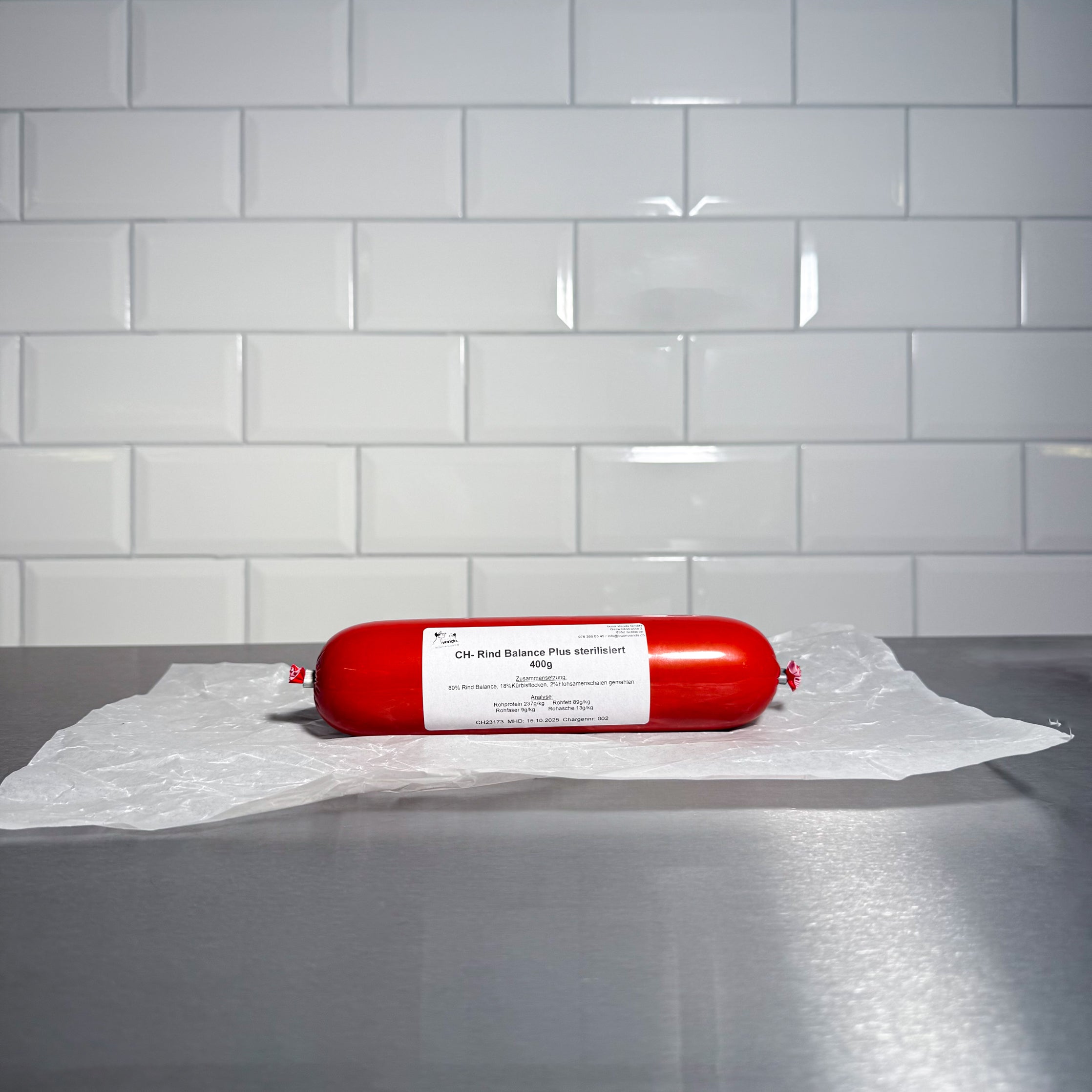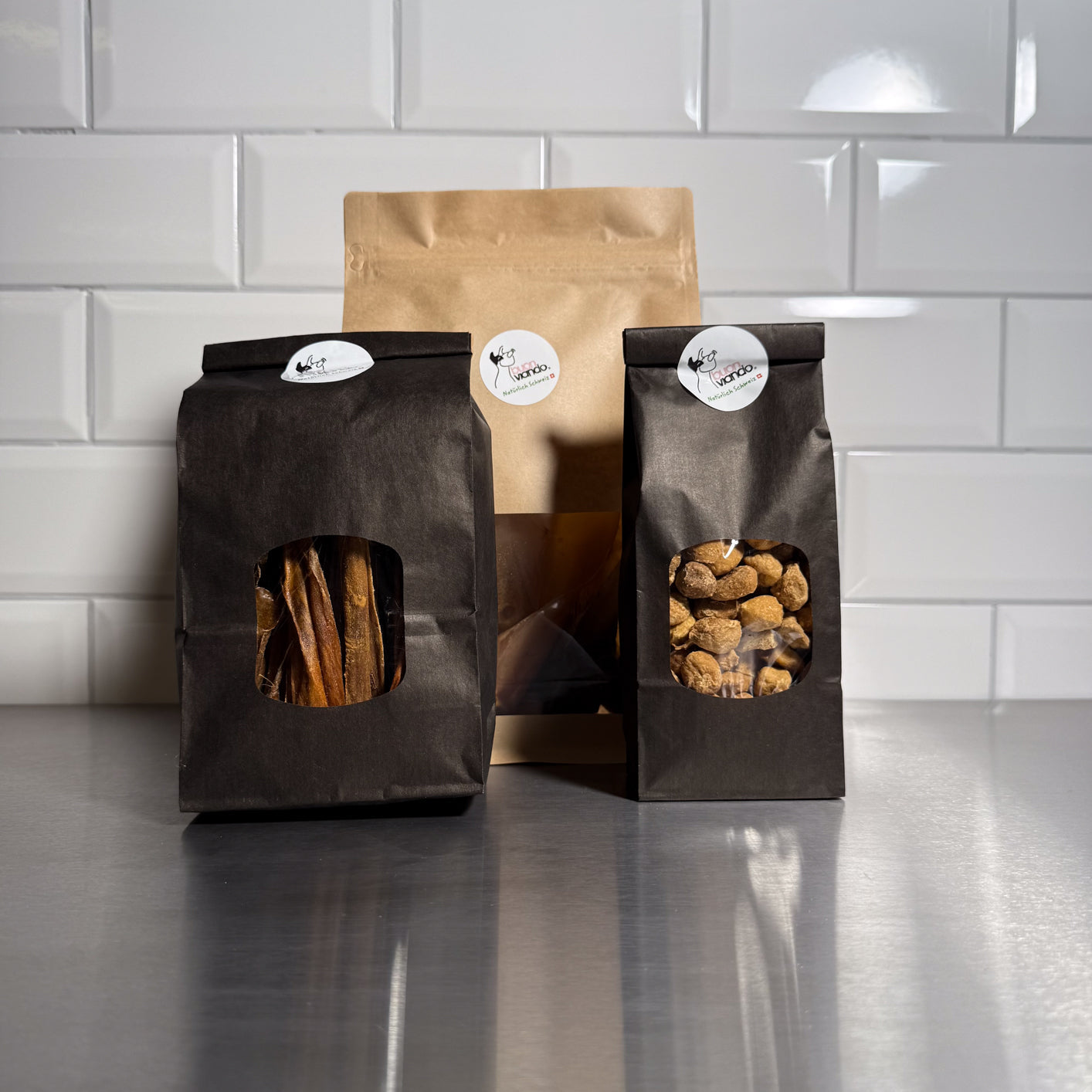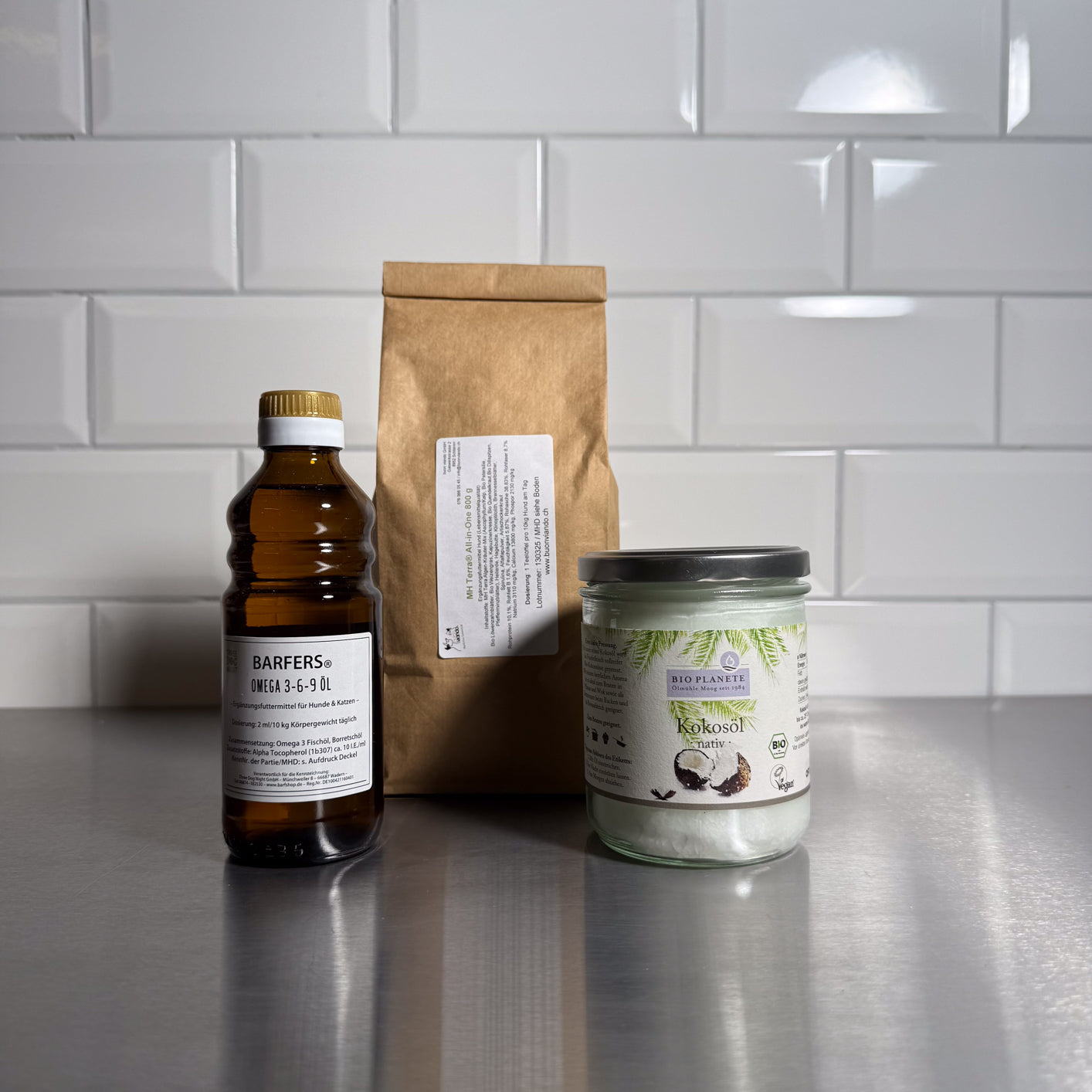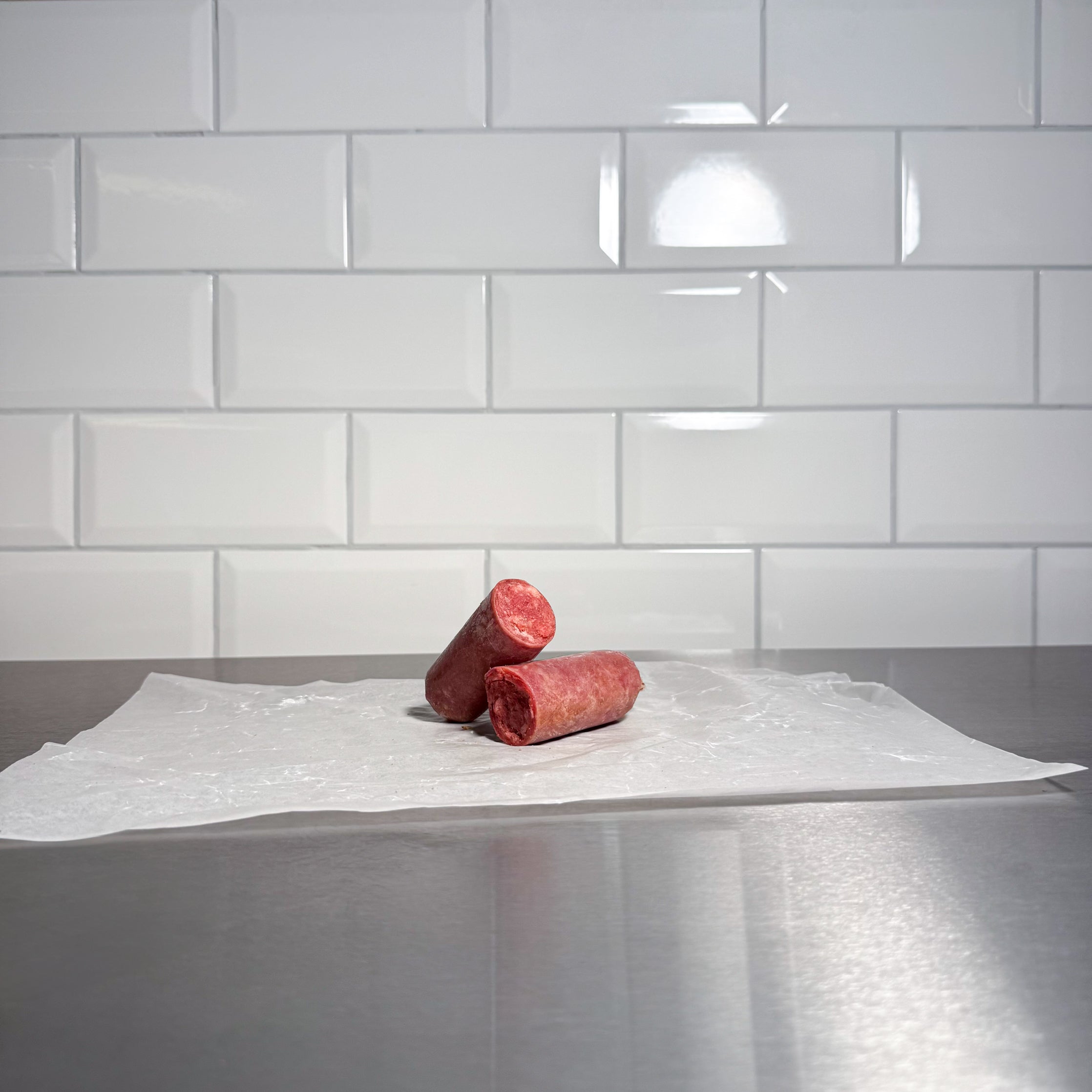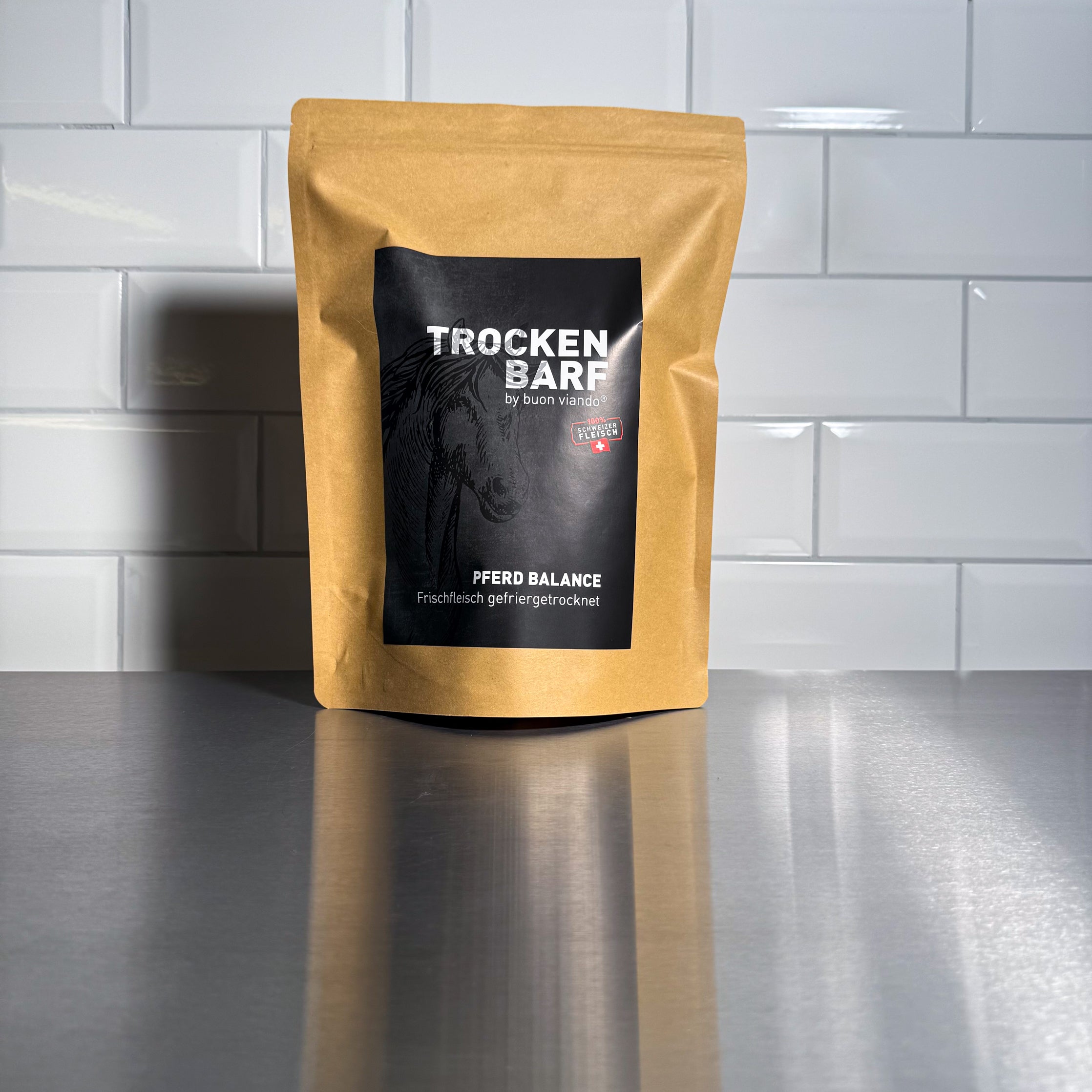How much water do dogs and cats need?
Daily fluid requirements depend on body weight, activity level, feeding, ambient temperature, and state of health.
As a guideline:
40–70 ml of water per kilogram of body weight per day
This means:
- A 20 kg female dog needs approximately 1 to 1.4 liters of water per day.
- A 4 kg cat needs approximately 200–280 ml – at least in theory.
However, the need can increase significantly, especially in summer temperatures or for active animals. Illnesses, fever, or certain medications can also affect water balance – as can stressful situations such as moving or long car journeys.
Cats are generally considered poor drinkers. This is no coincidence: They originally come from arid regions, where they met their fluid needs almost entirely through prey. This behavior is still in many of their genes today.
Food types influence thirst
A key point that is often underestimated: What ends up in the bowl has a direct influence on drinking behavior.
- Dry food contains very little moisture. Therefore, water needs must be met almost entirely through drinking.
- Wet food contains around 60–80% water – a large portion of the liquid is absorbed directly through the food.
- BARF (Biologically Appropriate Raw Food) consists of fresh meat, vegetables, and organ meats and also has a moisture content of up to 80%. Dogs and cats fed a raw diet therefore often need less additional water – their bodies already get a large portion directly from their food.
A clear advantage for anyone who wants to feed their pets naturally while maintaining good hydration.
Important: The amounts given are guidelines – each animal is different. Factors such as activity level, age, climate, or health status can significantly alter their needs.
Why some animals prefer to drink outside
Many cats – and also some dogs – prefer to drink from a puddle in the garden rather than from the bowl next to their food bowl. This has its origins in natural behavior:
In the wild, cats don't drink where they eat to avoid contaminated water from leftover food. Even though breeding and domestication have changed a lot, this instinct is still active in many, especially in cats that have access to the outdoors or are very primitive.
Our tip: Don't place the water bowl directly next to the food bowl. It's better to have several drinking spots in quiet, easily accessible places in the home or garden.
Bowl hygiene – small but mighty
Sounds banal, but it's important:
A dirty or slimy bowl can really spoil your drinking.
Therefore:
- Clean daily with warm water
- It's best to use glass, stainless steel, or ceramic instead of plastic
- Refill water 1-2 times a day
- Offer a drinking fountain or running water if your pet prefers it
If they don't drink – here are our tips:
Cats, in particular, can't be forced – but a little tricking can help. This helps:
- Lukewarm water instead of cold
- Water available freely in several places
- Moving water – e.g., drinking fountain
And our very own insider tip:
Beef or lamb bone broth.
The delicate aroma motivates even lazy animals – completely without artificial flavors or additives. Simply add a small splash (about one tablespoon) of the broth to the drinking water. This makes the bowl much more interesting – and also provides valuable nutrients like collagen and minerals.
Too much? Too little? When it gets tricky
If drinking behavior suddenly changes dramatically – up or down – it's worth taking a critical look. If your pet noticeably drinks large amounts several times a day, or hardly at all, this could indicate health issues.
-> If in doubt: Please contact a specialist or veterinarian.
It's better to ask too many questions than to miss important signals.
Conclusion
Whether it's a dog or cat – adequate fluid intake is a silent health factor that shouldn't be underestimated. Especially with dry food, it's worth keeping a close eye on drinking behavior. Those who feed fresh food – for example, following a BARF diet – benefit twice: more nutrients and, at the same time, more moisture in the food. And if your pet isn't drinking? Sometimes a small sip of bone broth can help – with big benefits.

